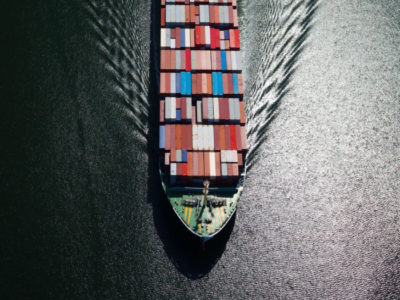Life Cycle Analysis is an essential methodology for attaining circularity, decarbonization, and sustainability goals. It enables a company to analyze its impact over a product’s life cycle – whether the impact is carbon emissions, water consumption, or material usage. The assessment includes the entire product life cycle, starting with the raw material supply chain and including manufacturing operations, packaging and distribution, customer use, and product disposal or reuse.
When beginning the analysis, it is essential to be deliberate about setting appropriate boundaries for the project’s scope. Careful accounting of resources, including raw material and energy, ensures the integrity of the analysis at each life cycle stage. The results will produce an accurate picture of the substantial impacts and allow for an accurate comparison of alternatives when complete.
For example, this week, a Copenhagen Business School Maritime report recommends that the industry develop sustainability criteria for alternative fuels using life cycle thinking. The report focuses on decarbonizing the marine shipping industry, which currently accounts for about 2-3% of global carbon emissions and could grow to an excess of 15% by 2050.
The impact of the fuel used by the ship en route to its destination is an obvious point of comparison. However, a careful life cycle approach will likely uncover other significant impacts that may be less apparent. These include:
- The resources related to the production or growth of the raw materials mined, extracted, or harvested.
- The process for converting the raw material into usable fuel.
- The transportation of the fuel to the dock.
- The storage and filling of the ships with fuel (a process known as bunkering).
- And, the impact of the fuel used by the ship en route to its destination.
The analysis will take time, but it should prevent a solution that simply moves the impact to another stage or reduces the impact in one stage only to increase it in another.








